

We may earn revenue from the products available on this page and participate in affiliate programs. Learn More ›
Can your garden handle Mother Nature’s ever-changing weather systems? Between the seasonal shifts and abnormal weather patterns, your garden has to withstand fluctuations—otherwise, your hard work might be for naught.
Unseasonable cold snaps, severe storms, flash flooding, and other weather events seem to be becoming more commonplace. Climate change creates more extreme and consistent harsh weather patterns that increase yearly. Preparing for the worst will help your garden survive unexpected weather.
1. Replace landscape plastic with mulch in garden beds.
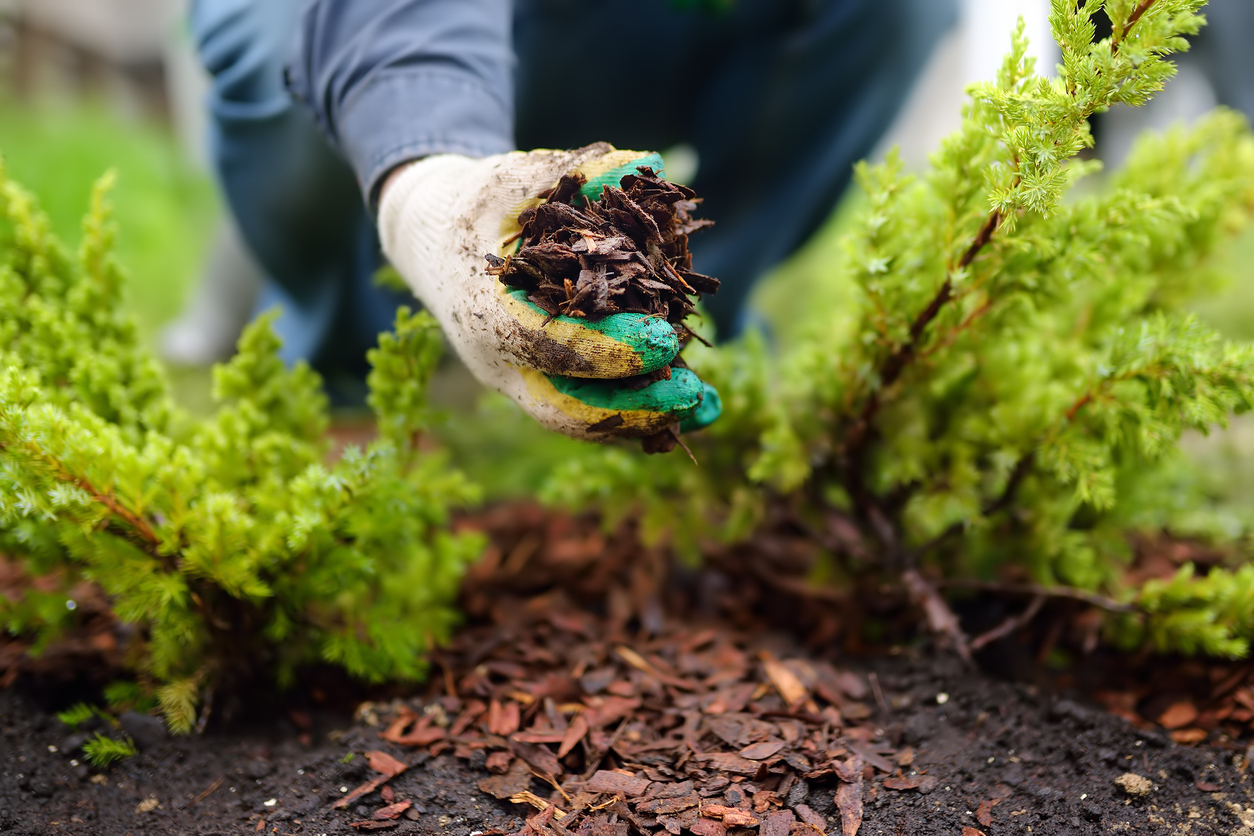
Higher heat and drought require getting rain and irrigation to plant roots, and even cooling the soil. Some gardeners rely on landscape plastic for its ability to battle weeds and insulate beds. The plastic suppresses weeds by creating a shield over the soil, but this shield also blocks water and air from reaching plants.
Plastic should never be close to garden plants—especially cool-season crops like root vegetables and lettuce, because plastic heats the soil up. Keep all your ornamental and edible plants healthy by choosing organic mulches like wood chips or bark. These two options can help suppress weeds, but allow water and air down to roots; organic mulch can even cool soil.
RELATED: The Dos and Don’ts of Mulching the Garden
2. Water plants before an expected freeze.
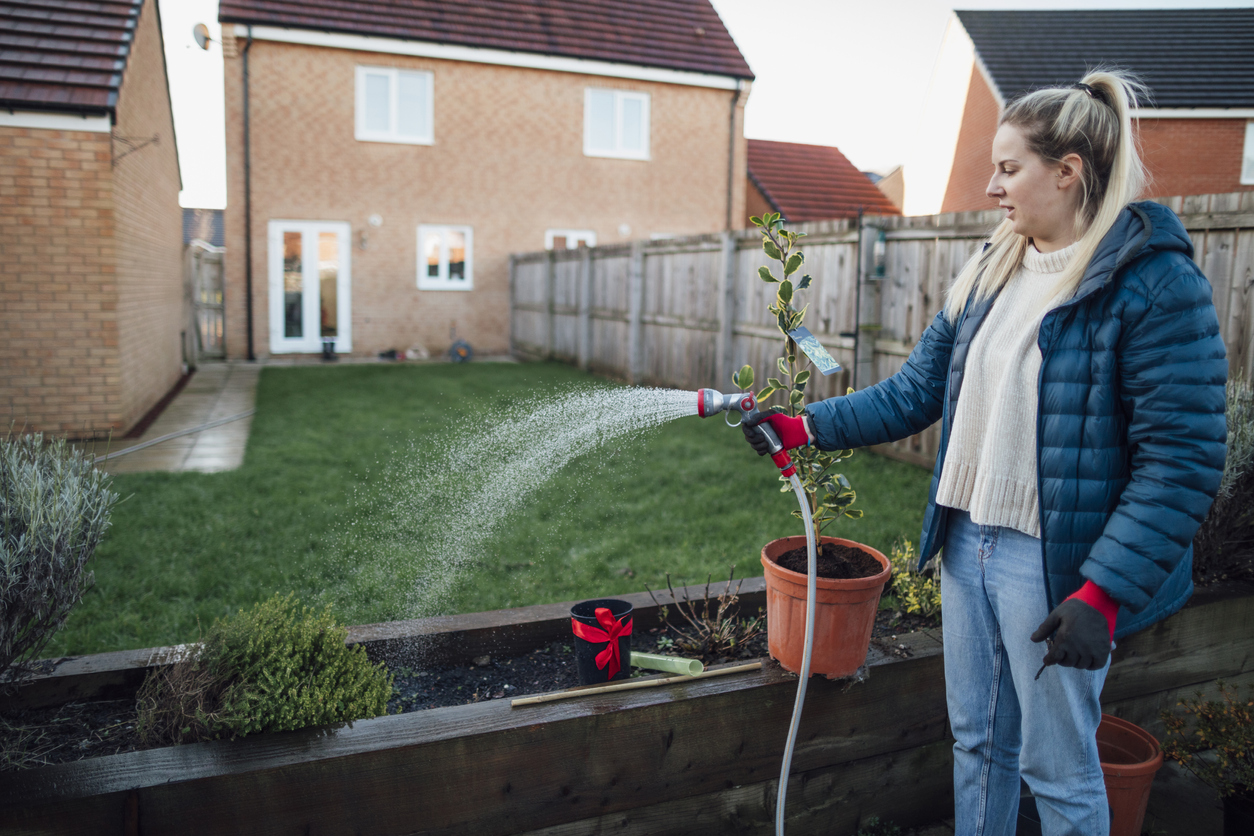
An unexpected freeze can cause gardeners to panic about the state of their plantings. To protect your outdoor plants, water them the day before a projected cold spell—that is, as long as the air temperature is above 40 degrees Fahrenheit; before hard freezes, water plants down to the roots and cover them to shield them from frost. Thirsty plants are much more susceptible to cold damage than well-watered ones. The added moisture traps heat in the soil, which insulates the roots and keeps plants stronger in chilly weather.
RELATED: Frost Coming Your Way? What to Do With Veggies in the Garden
3. Set up a plant nanny.

Life’s responsibilities keep us all busy, and it’s easy to forget about the little things, like watering the plants. Rather than letting your flowers wilt under the sun because you didn’t have a chance to water them, set up a Plant Nanny (or another type of automatic plant waterer) that will keep your potted plants hydrated. All you’ll need to do is stick the terra-cotta stakes into the soil, and stick a long-necked glass bottle (like a wine bottle) inside. Refill the water bottle every week or two, or as needed.
RELATED: 7 Signs You’re Overwatering Your Plants—and How to Fix It
4. Prevent garden erosion with mulch.
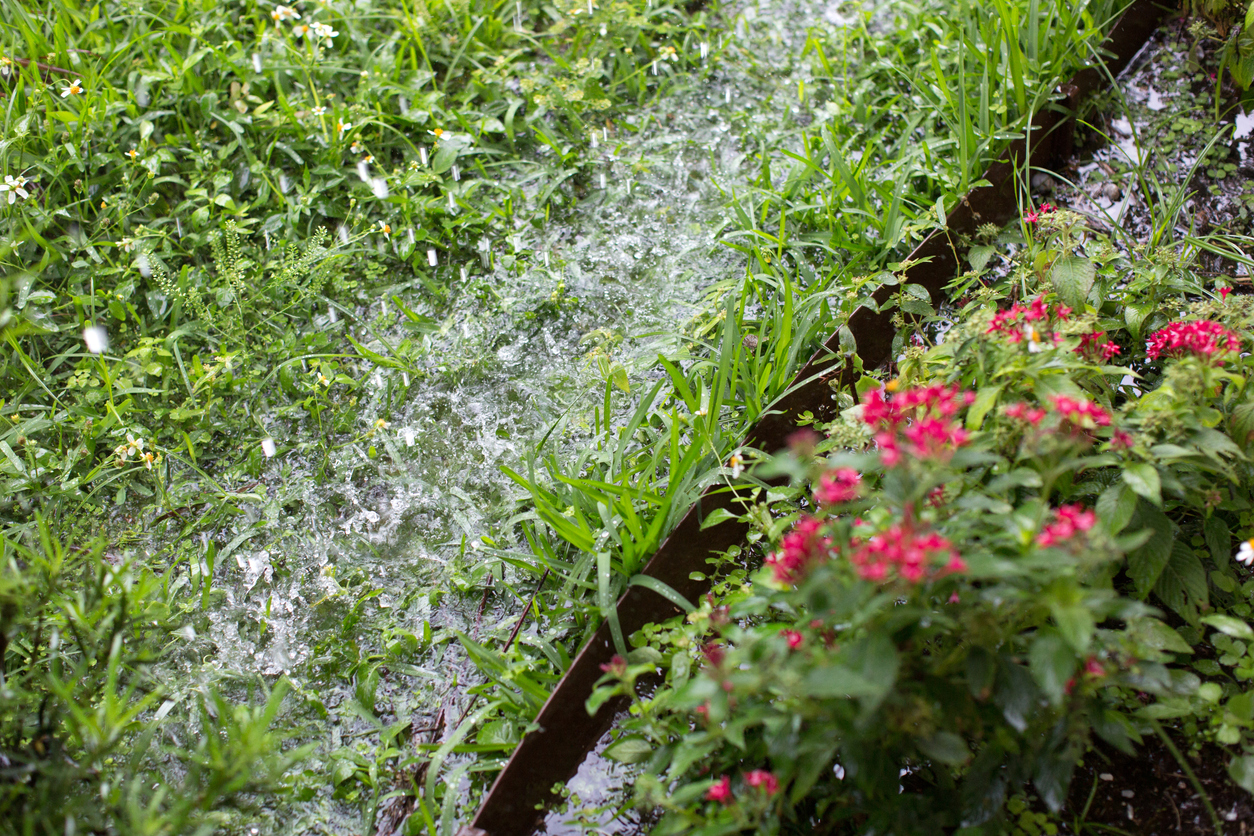
Rain, melting ice, and wind make gardens, especially those situated on an incline, susceptible to erosion. Some easy-to-spot indicators of erosion include exposed roots, muddy puddles, or soil “downstream” from the garden, whether on the sidewalk or the lawn. If you see any of these warning signs, your plot may be at risk of destruction. Once again, protecting your plant beds is as easy as adding mulch, which helps stabilize the soil. Choose a heavier hardwood or manmade mulch that won’t blow away easily to keep your garden soil in place.
RELATED: Solved! The Best Plants for Erosion Control
5. Trim hazardous trees and branches.

Besides providing much-needed shade relief, trees serve as valuable windbreaks. They limit the likelihood that sustained wind gusts will damage your fragile garden. Just remember that trees are only assets as long as they remain healthy. Dead or damaged trees and branches, on the other hand, pose a danger. To keep your garden from being damaged by fallen branches, scan the trees that are closest to your plots, paying particular attention to those with limbs that hang over the beds. If you spot a small tree with branches that look ready to come down, you can likely handle the tree trimming yourself. For taller trees with thicker branches, play it safe and hire a local arborist or landscaping company to trim them for you.
RELATED: The Best Loppers for Extra Pruning Power on Thicker Branches
6. Enlist earthworms to help with drainage.
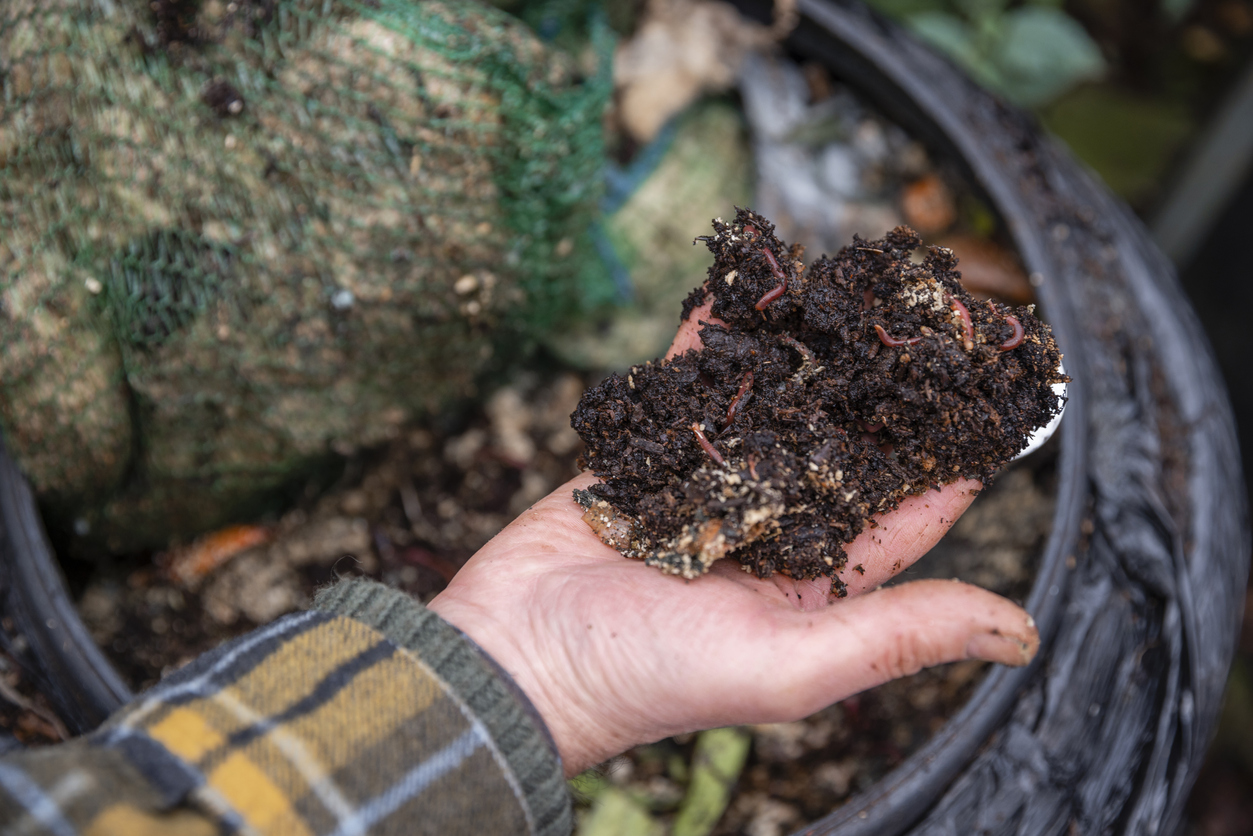
Gardeners usually welcome rain but if your soil doesn’t drain well, downpours can bring too much of a good thing. Waterlogged soil deprives roots of necessary oxygen and if your plants are waterlogged, they’ll likely die. Though there’s no way to undo damage from a deluge after the fact, there’s a lot you can do to protect your garden from future storms. Your best bet? Regularly add compost to your soil. Compost provides numerous benefits, but not least is that it attracts earthworms, whose tunneling creates air pockets and channels that boost drainage.
RELATED: Why Every Gardener Needs a Worm Bin
7. Protect plants with plastic.
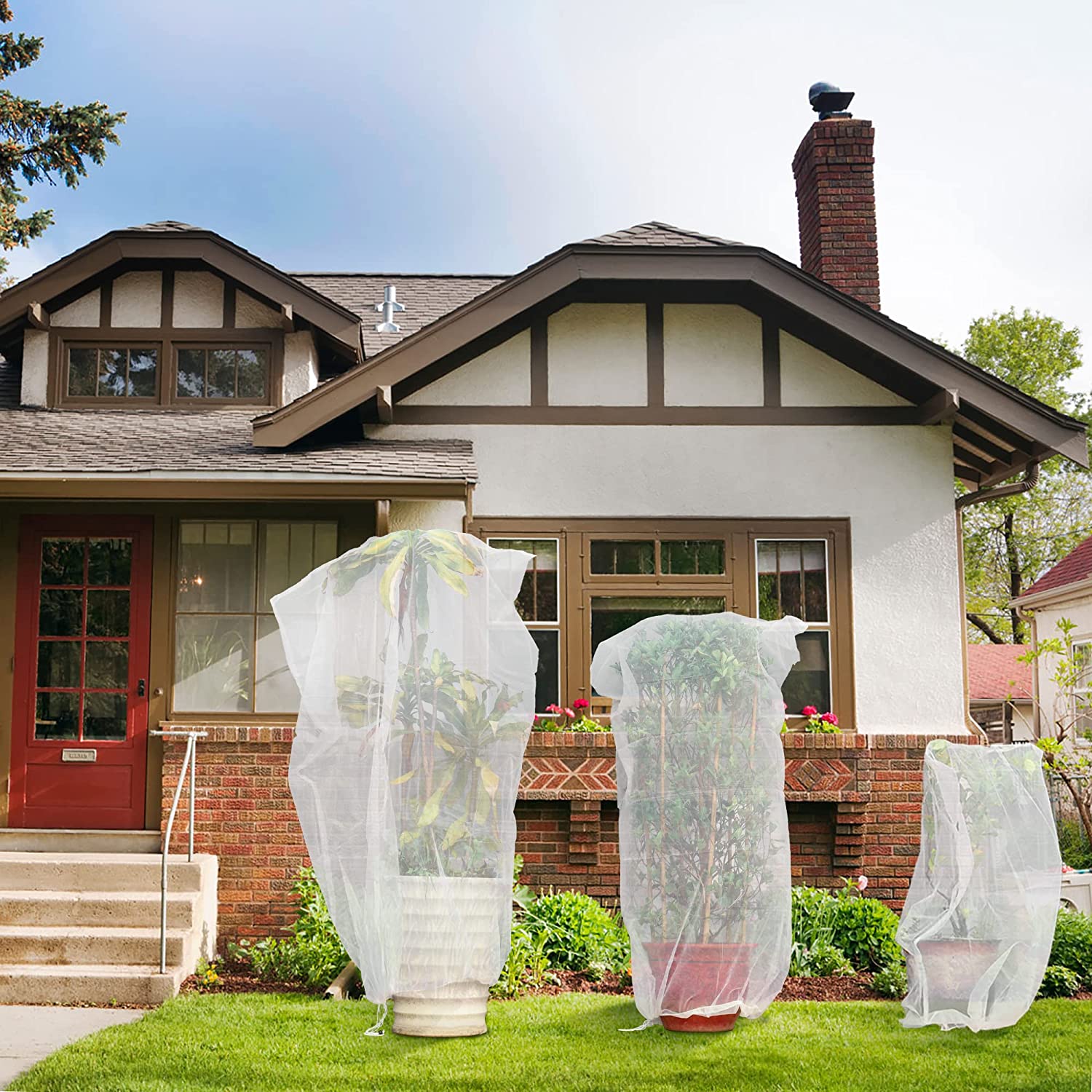
Storm winds that are strong enough to knock down power lines can do plenty of damage to a backyard garden patch, lest you shelter its pickings. Any delicate plants that cannot be relocated indoors can be saved from uprooting by covering them with a windbreaker before the storm arrives. Plastic sheeting secured with stakes can reduce the effect of winds on a budding garden, in some cases by as much as 60 percent.
RELATED: 7 Types of Plant Covers All Home Gardeners Should Know
8. Switch to drip irrigation.

One of the best ways to prepare your plants for drought season is to help them grow strong, healthy roots, and doing so is as simple as adjusting your watering habits. Water less frequently, but slowly and deeply. A drip irrigation system can help with this. The trickling water absorbs into the soil and is available for the roots longer than a sudden rush from a hose or pail. Set the drip to run in the morning, so the plant is hydrated before the day’s peak heat. You should see an improvement in both plant health and your water bill.
RELATED: The Dos and Don’ts of Watering Plants
9. Turn over terra-cotta pots.
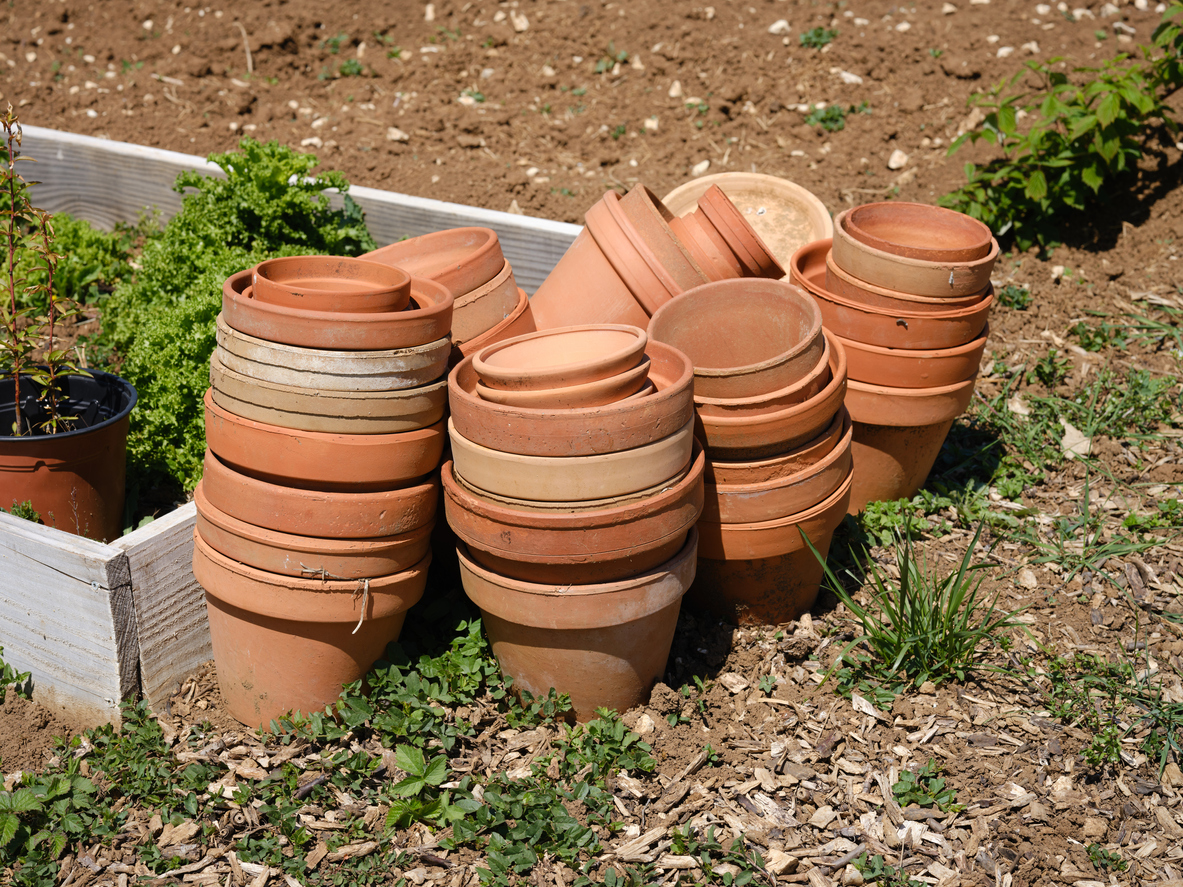
“Plant after danger of frost has passed” is a warning you see on many seed packets and plant tags. It’s sage advice any gardener would do well to keep in mind, which is why savvy planters wait until after the average last frost date to sow. Mother Nature doesn’t always play by the same rules, which is why it pays to have a backup plan to protect seedlings from the cold. In a pinch, you can turn a terra-cotta pot into a frost guard: Upend an empty pot over a delicate seedling to save it from the chill, and remove it when temperatures rise again.
RELATED: How to Protect Plants From Frost
10. Devise a lean-to for hail protection.

Hail can be a death knell for gardens. You can protect garden beds by laying a tarp, hail net, or plastic sheeting over sticks or hoops staked into the soil, but vertical plantings require more creative defenses. Improvise a lean-to by placing a sheet of plywood against a house, fence, or trellis where plants are growing. If a hailstorm is accompanied by heavy winds, you’ll want to secure the plywood with something heavy to keep it from blowing away and causing further damage.
RELATED: 9 Ways to Keep Your Outdoor Plants Safe During Storms
11. Help your beds withstand flooding.

A property that was once safe from flooding might be prone to occasional flooding now. In that case, there are a few things you can do to prepare your garden before the rain or runoff of water arrives.
Adding sand to your soil can improve drainage and encourage the water to keep flowing. Keep your crops elevated by placing them in a raised bed or container garden, or by creating raised mounds when you plant to help prevent water logging. For larger gardens, you can dig a soakaway, a drainage line that redirects and redistributes excess water.
RELATED: 12 Ways to Fix a Soggy Yard
12. Prepare for temperature spikes before they hit.

Temperature fluctuations can ruin your garden. A late frost can kill your crops, but so can extreme heat. Keep an eye on and understand your area’s weather patterns so you can prepare rather than panic, and pay particular attention to heat stress in new plantings.
The best prevention of plant damage from weather extremes starts with selecting plants suited to your zone to give them the best chance for thriving. If you are unsure, select a plant that can handle a little more heat than typical for your zone or be sure a heat-tender plant gets shade in the hot afternoon. Most plants suffer heat stress when temperatures reach above 90 degrees Fahrenheit. Should extreme heat arrive, deeply water your plants and set up temporary shade to protect them from heat stress or burned leaves.
RELATED: 14 Ways to Help Your Garden Survive a Heat Wave
13. Use natural de-icers.
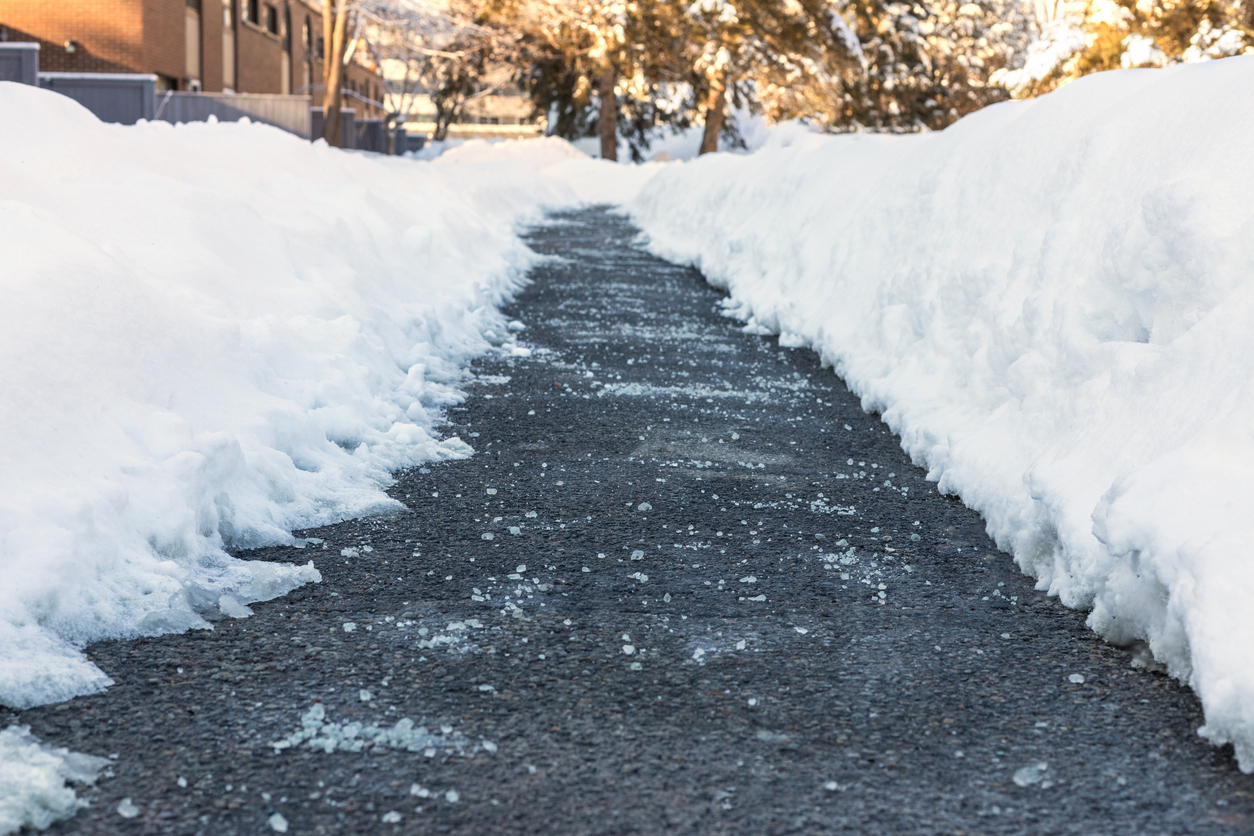
As winter bears down, most homeowners’ solution to de-icing is to lay down a thick layer of salt. Sodium is a savior from slipping in the winter, but can devastate turf and plants because it prevents roots from absorbing water, and can even deplete water from plants.
As snow and ice melt, de-icing salt can enter water runoff and get into your garden. You can prevent damage to your plants by using natural de-icers, like sugar beet juice or vinegar. If that is not possible, consider choosing salt-tolerant garden plants, such as blanket flower (Gaillardia), butterfly weed (Asclepias tuberosa), or plantain lily (Hosta).
RELATED: 9 Ways to Melt Ice Without Salt or Ice Melt
14. Select tougher plants.
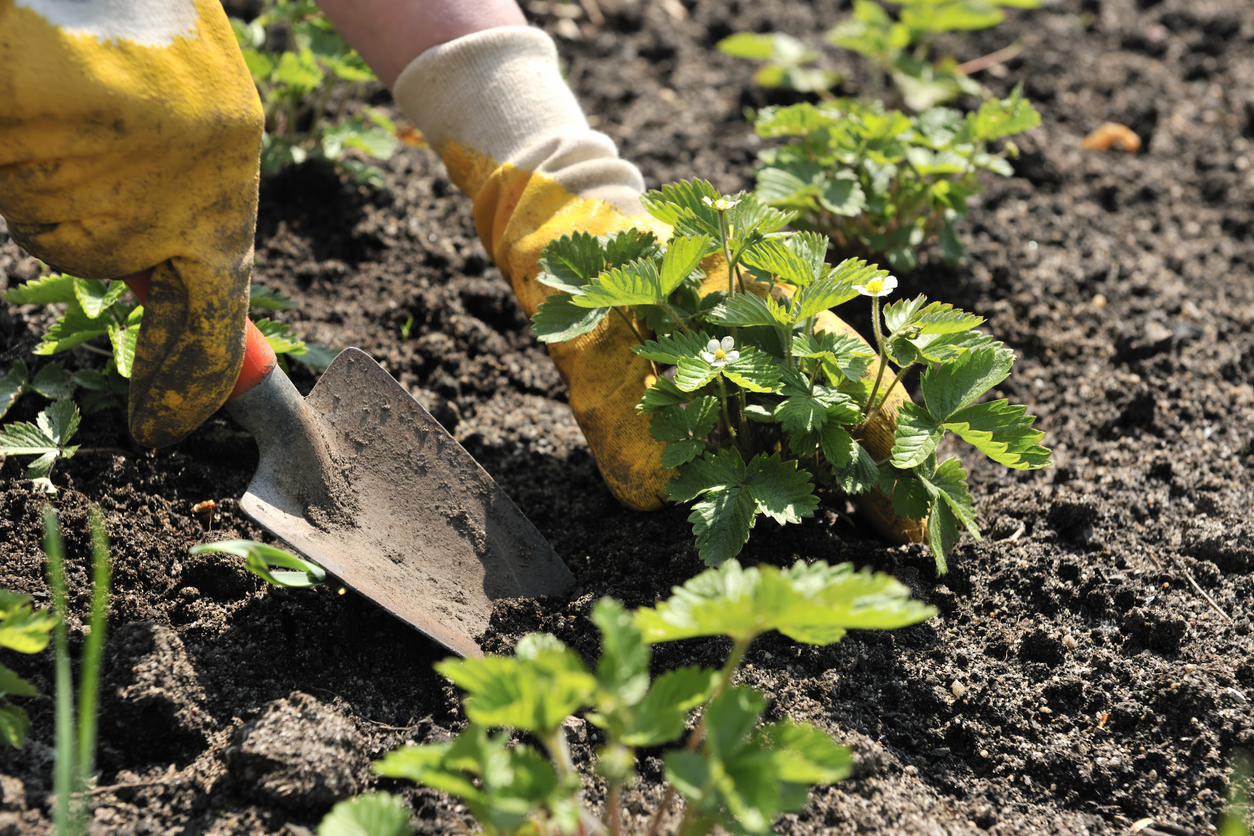
When wind gusts exceed 30 miles per hour, damage to your plants can occur. If you live in a wind-prone area, consider selecting plants that are more tolerant of strong gusts.
Look for plants with smaller leaves or needles that offer less wind resistance, pushing wind through their leaves rather than catching it, such as rosemary or lavender. Other plants to consider are those densely branched to the ground or with multiple stems. Some crops to add to your boxes include carrots, strawberries, geraniums, ivy, and more.
For added protection, you can create a living windbreak out of shrubs or evergreen trees to minimize the wind’s impact on your garden beds.
